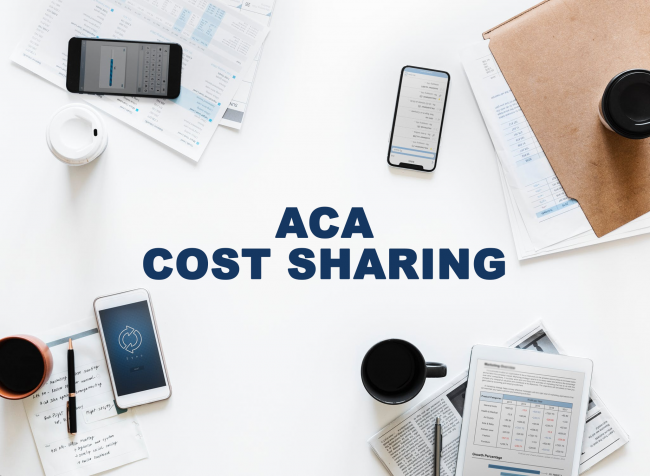New Rule Allows Employers to Pay Workers to Buy Their Own Health Coverage
The Trump administration has issued new rules that would allow employers to provide workers with funds in health reimbursement accounts (HRAs) that can be used to purchase health insurance on the individual market.
The rule reverses a long-standing part of the Affordable Care Act that carried hefty fines of up to $36,500 a year per employee for applicable large employers that are caught providing funds to workers so they can buy insurance.
The rule was put in place to keep employers from shunting unhealthy or older workers from their group health plans into private insurance and government-run marketplaces.
Under the rules issued by the Departments of Health and Human Services, Labor and Treasury, employers would be authorized to fund, on a pre-tax basis, health reimbursement funds that to buy ACA-compliant plans. The new rules take effect Jan. 1, 2020.
With the final rules written in a way to keep employers from trying to reduce their group benefit costs by sending sicker and older workers into the individual market, HHS noted in a press release announcing the rule that it would closely monitor employers to make sure this type of adverse selection doesn’t occur.
Typically, HRAs have only been allowed to be used to reimburse workers for out-of-pocket medical expenses. This rule allows them to also be used to pay for health insurance premiums for coverage that a worker may secure on their own.
’Integration’ conditions
The regulation permits an HRA to be “integrated” with certain qualifying individual health plan coverage. In order to be integrated with individual market coverage, the HRA must meet several conditions:
- Any individual covered by the HRA must be enrolled in health insurance coverage purchased in the individual market, and must substantiate and verify that they have such coverage;
- The employer may not offer the same class of individuals both an HRA and a “traditional group health plan”;
- The employer must offer the HRA on the same terms to all employees in a “class”;
- Employees must have the ability to opt out of receiving the HRA;
- Employers must provide a detailed notice to employees on how the HRAs work;
- Employers may not create a class of employees younger than age 25, whom they might want to keep in their group plan because they’re healthier.
- For employers with one to 100 employees, a class cannot have less than 10 employees; for employers with 100 to 200 employees, the minimum class size is 10% of the workforce; and for employers with 200 or more employees, the minimum class size is 20 employees.
While the HRA money can be used mostly for buying plans that meet ACA requirements, employers under the rule can establish a special type of “excepted benefit” HRA for employees who want to buy less expensive short-term plans that do not comply with the ACA. The contribution for such plans would be capped at $1,800 a year.
Under the ACA, employers with 50 or more full-time workers (applicable large employers) must provide their employees with health insurance that covers 10 essential minimum benefits and must be “affordable.”
Under the new rule, an applicable large employer could meet their obligation if they provide adequate HRA contributions for employees to buy individual coverage.











